Best hibiscus varieties – for large, tropical blooms no matter your climate
Hibiscus are known for being a tropical plant, but some varieties are extremely cold tolerant
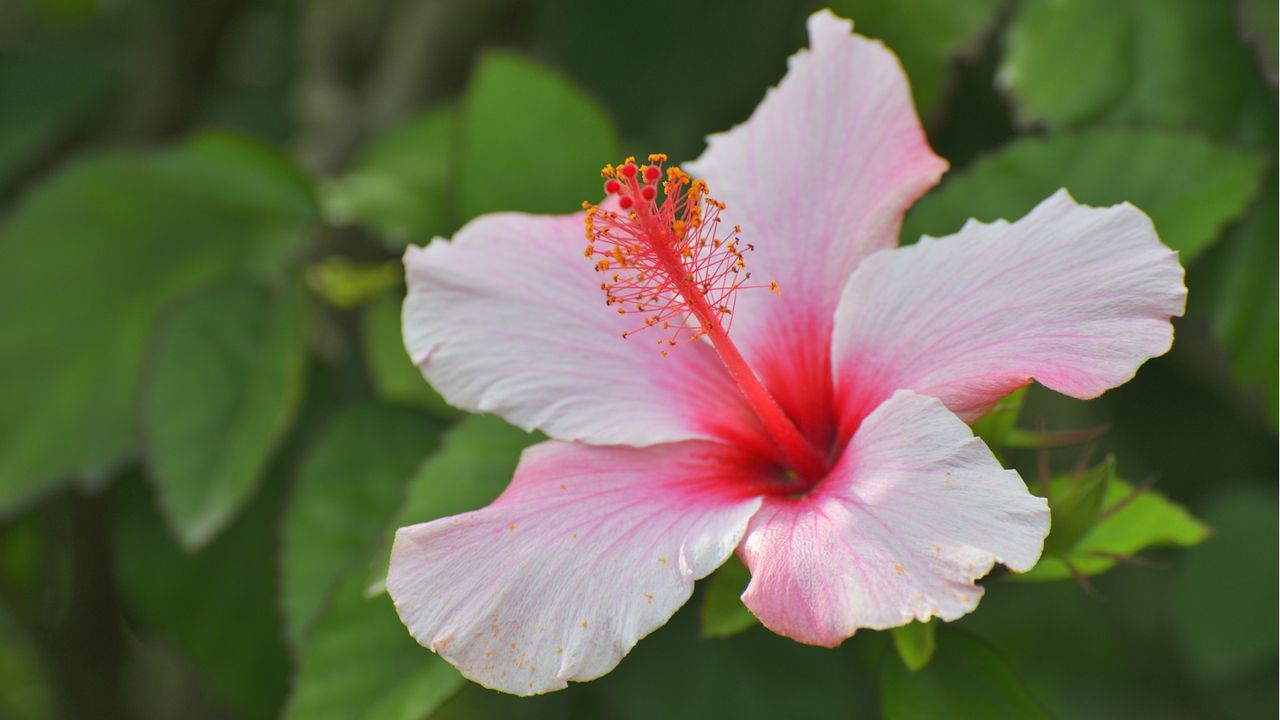

Hibiscus. Even the name sounds exotic. These superbly exuberant shrubs are packed full of flowers in the summertime, and are always striking additions to any yard.
There are three types of hibiscus, ranging from huge-flowered, cold tolerant perennials and easy-to-grow deciduous shrubs, to tropical treasures for the south. While the flowers of all of them certainly look glamorous, one group insists on tropical conditions while others will take some of our coldest winters. All show at least some resistance to deer damage.
The three groups are all very distinct, so choosing the correct type for your situation is not difficult. Here, we take an in-depth look at each one to determine the right variety for your backyard.
Hibiscus rosa-sinensis
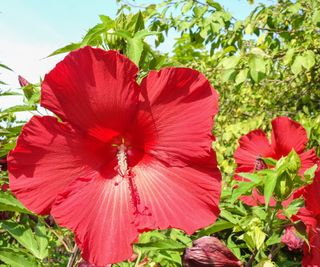
- Good for large containers, hedging, mixed borders.
- Hardiness USDA Zone 9-11.
- Size 5-8ft high, 4-6ft wide.
- Irrigate if the soil dries out. Feed regularly with a general flower fertilizer at half dose during summer, or use a feed formulated specifically for hibiscus.
Also known as Chinese hibiscus, tropical hibiscus, and Chinese rose, glossy evergreen foliage sets off these shining flowers beautifully. Each flower is about 4in wide, with the pollen held out on a long stalk, the flowers providing easy access for an array of pollinators from bees to hummingbirds.
The flowers can be red, white, pink, orange, peach, yellow, blue, and purple – single or double – and are often sold with simple descriptive names such as 'single red' or 'double orange'.
Look out for:
'Double Orange' - A well-established favorite, with double flowers in soft pumpkin orange, with peachy tints. It flowers in abundance in warmer climates. You can find a very similar 'double peach' variety at Walmart.
Hollywood Series - New on the market is this series of prolific, bushy varieties with single flowers in a wide range of exceptionally vivid colors. You can find the hibiscus Hollywood Series at Nature Hills
Hibiscus moscheutos
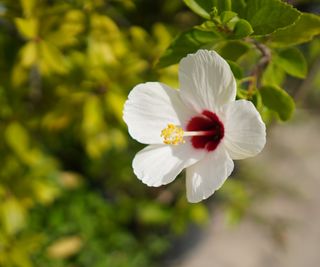
- Hardiness USDA Zone 4-9.
- Size 2-41/2ft high, 1-5ft wide.
- Good for perennial borders, mixed borders.
- Grow anywhere in full sun, allowing more space than you would expect for the large root system. Plants emerge late, but grow strongly.
Often referred to as rose mallow, this exceptionally cold-tolerant hardy perennial is native to the north, east and south - from Ontario to Florida to Texas. It features very large trumpet-shaped flowers up to 9in across in an increasing range of colors and patterns.
New varieties appear almost every year – some in delightful new shades and bicolors or with dark eyes or ruffled petals, while varieties with dark, bronze-purple foliage set their flowers off well. These are the ultimate head-turning perennials.
Look out for
The Summerific Series, some of which are available at Walmart, comes in an astonishing twenty seven varieties with 7-9in flowers in plain and vivid colors as well as beautiful bicolors, with some set against bronze foliage.
‘Spinderella’, also available from Walmart, has flared white trumpets are delicately hazed in rose pink and feature a crimson eye - all set against rich green leaves to create a delightful show.
Disco Belle Series: Three short varieties, reaching about 2ft, to raise from seed or buy as seed-raised plants – for a more economical way to grow these increasingly indispensable hardy perennials.
Hibiscus syriacus
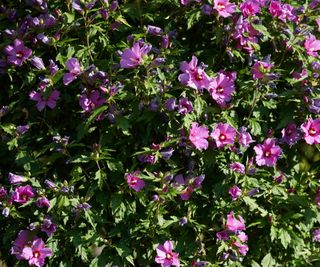
- Good for small yards, poor soils and in large containers. Blooms well with little attention.
- Prefers full sun, in any soil that is not parched or waterlogged. Cut back in spring if necessary.
- Hardiness USDA Zone 5-9.
- Size 8-12ft high, 6-10ft wide.
Upright in growth, though filling out as they eventually mature, these neat sun-loving deciduous shrubs bring us a long summer season of fluffy double or five-petalled single flowers in rich and soft shades with some pretty bicolors.
The neat foliage is prettily lobed, and there is even a variety with cream margins to the leaves.
It is also known as rose of Sharon. (It’s confusing, but a completely different, yellow-flowered shrub is also sometimes called rose of Sharon.)
Look out for
Chiffon Series - Mainly double-flowered varieties in a range of colors, with prolific flowering and neat, bushy growth. You can find the Chiffon Series at Nature Hills.
Blue Chiffon (‘Notwoodthree’) - Very pretty, semi-double with rich but soft blue flowers from midsummer into fall. You can buy Hibiscus 'blue chiffon' from Perfect Plants.
Sugar Tip (‘America Irene Scott’) - Fluffy rose pink flowers have a crimson eye, the leaves are edged in cream for months of extra interest. The Sugar Tip hibiscus is available from Nature Hills.
FAQs
My mail order hibiscus plants have arrived and look very strange - what’s going on?
Nurseries sometimes send out plants of the rose mallow (Hibiscus moscheutos) in the winter, when the plants are dormant. Their fat, fleshy roots radiate from the base of the stem and, as they can sometimes be too long to fit in the packaging, they may be trimmed back before dispatch. The result is a plant that’s not quite like any other perennial that we grow.
Plant the roots in the garden, making sure the dirt filters down between the roots, and they will soon grow away. They can also be planted in pots to grow on for a few weeks before planting out.
Will a hibiscus survive the winter outside in my yard?
It all depends on the type of hibiscus and where you live. So, first, look online to check the hardiness zone for your area.
Tropical hibiscus (Hibiscus rosa-sinensis), sometimes known as Chinese hibiscus or Chinese rose, is a frost tender, tropical evergreen shrub that is hardy only warmer parts of the country, in zones 9 to 11. Rose mallow (Hibiscus moscheutos) is an unusually cold tolerant perennial that dies down in the winter but grows happily in zones 4-9. Rose of Sharon (Hibiscus syriacus) is a deciduous shrub that grows well in zones 5-9. It’s simply a matter of choosing the right hibiscus for your area.
To ensure you have a continuous flush of blooms on your shrubs, you can discover all you need to know about deadheading hibiscus in our expert guide.
Sign up to the Homes & Gardens newsletter
Design expertise in your inbox – from inspiring decorating ideas and beautiful celebrity homes to practical gardening advice and shopping round-ups.

Graham Rice is a garden writer who has won awards for his work online, and in books and magazines, on both sides of the Atlantic. He is a member of a number of Royal Horticultural Society committees and the recipient of the 2021 Garden Media Guild Lifetime Achievement Award. He gardened in Pennsylvania for 20 years, but has recently returned to his native England.
-
 I thought this dated design feature was reserved for 80s ski resorts – but Amber Lewis has proved it can work in a chic modern organic space
I thought this dated design feature was reserved for 80s ski resorts – but Amber Lewis has proved it can work in a chic modern organic spaceAlbeit controversial, Amber embraces the retro stone wall in a recent project and lets it inspire the living room's modern organic design
By Eleanor Richardson Published
-
 Direct sowing vs transplanting – our grow-your-own expert advises which is best, and shares 5 veggies you should always sow directly
Direct sowing vs transplanting – our grow-your-own expert advises which is best, and shares 5 veggies you should always sow directlyBoth approaches to sowing vegetables have pros and cons
By Drew Swainston Published
-
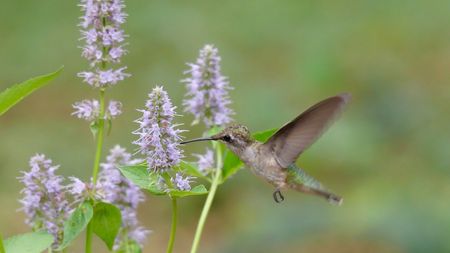 Best perennials to attract hummingbirds – 5 fantastic flowers to grow, as recommended by master gardeners
Best perennials to attract hummingbirds – 5 fantastic flowers to grow, as recommended by master gardenersThese colorful and fragrant perennials will prove popular with hummingbirds and other pollinators
By Thomas Rutter Published
-
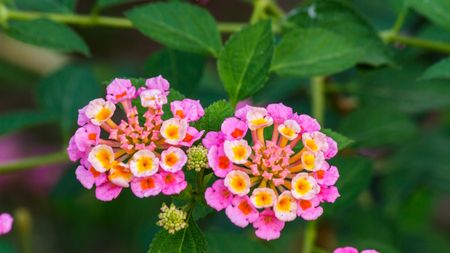 How to grow lantana in pots – and transform even tiny gardens with masses of kaleidoscopic flowers this year
How to grow lantana in pots – and transform even tiny gardens with masses of kaleidoscopic flowers this yearFor colorful and wildlife-friendly blooms, there can be no better plant than lantana
By Thomas Rutter Published
-
 How to grow marsh marigolds – the ultimate low-maintenance, moisture-loving plant that spring pollinators adore
How to grow marsh marigolds – the ultimate low-maintenance, moisture-loving plant that spring pollinators adoreMarsh marigolds can thrive in problem areas, including moist woodlands and boggy soils
By Thomas Rutter Published
-
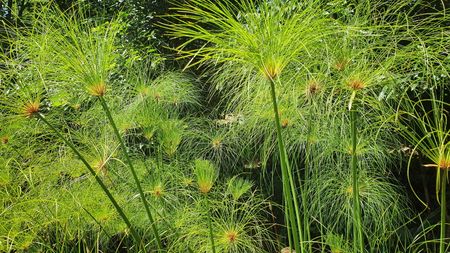 How to grow papyrus outdoors – and enjoy a firework-like display of foliage from these easy-to-grow, moisture-loving plants
How to grow papyrus outdoors – and enjoy a firework-like display of foliage from these easy-to-grow, moisture-loving plantsThese water plants have been grown for thousands of years and are great for backyards
By Drew Swainston Published
-
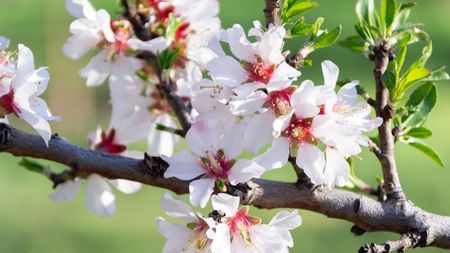 Best trees for spring blossom – 5 beautiful options for a spectacular seasonal show in any sized yard
Best trees for spring blossom – 5 beautiful options for a spectacular seasonal show in any sized yardPlanting one of these best trees for spring blossom will fill your yard with color
By Thomas Rutter Published
-
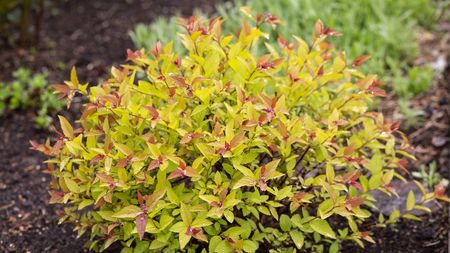 Low-maintenance dwarf evergreens for small spaces – 5 easy-to-grow compact plants for year-round greenery
Low-maintenance dwarf evergreens for small spaces – 5 easy-to-grow compact plants for year-round greeneryThese easy evergreens will inject structure and impact to a small yard
By Thomas Rutter Published
-
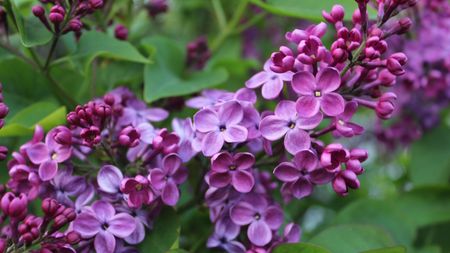 How to grow lilac in pots – for a fragrant spring flowering shrub that will elevate even the smallest yards
How to grow lilac in pots – for a fragrant spring flowering shrub that will elevate even the smallest yardsGrowing lilacs in pots is a great way to add a spring pop of color to patios and terraces
By Thomas Rutter Published
-
 How to plant begonia bulbs – and transform your yard with the ultimate summer-flowering plant
How to plant begonia bulbs – and transform your yard with the ultimate summer-flowering plantFrom hanging baskets to patio pots, begonias are sure to elevate your summer displays
By Thomas Rutter Published